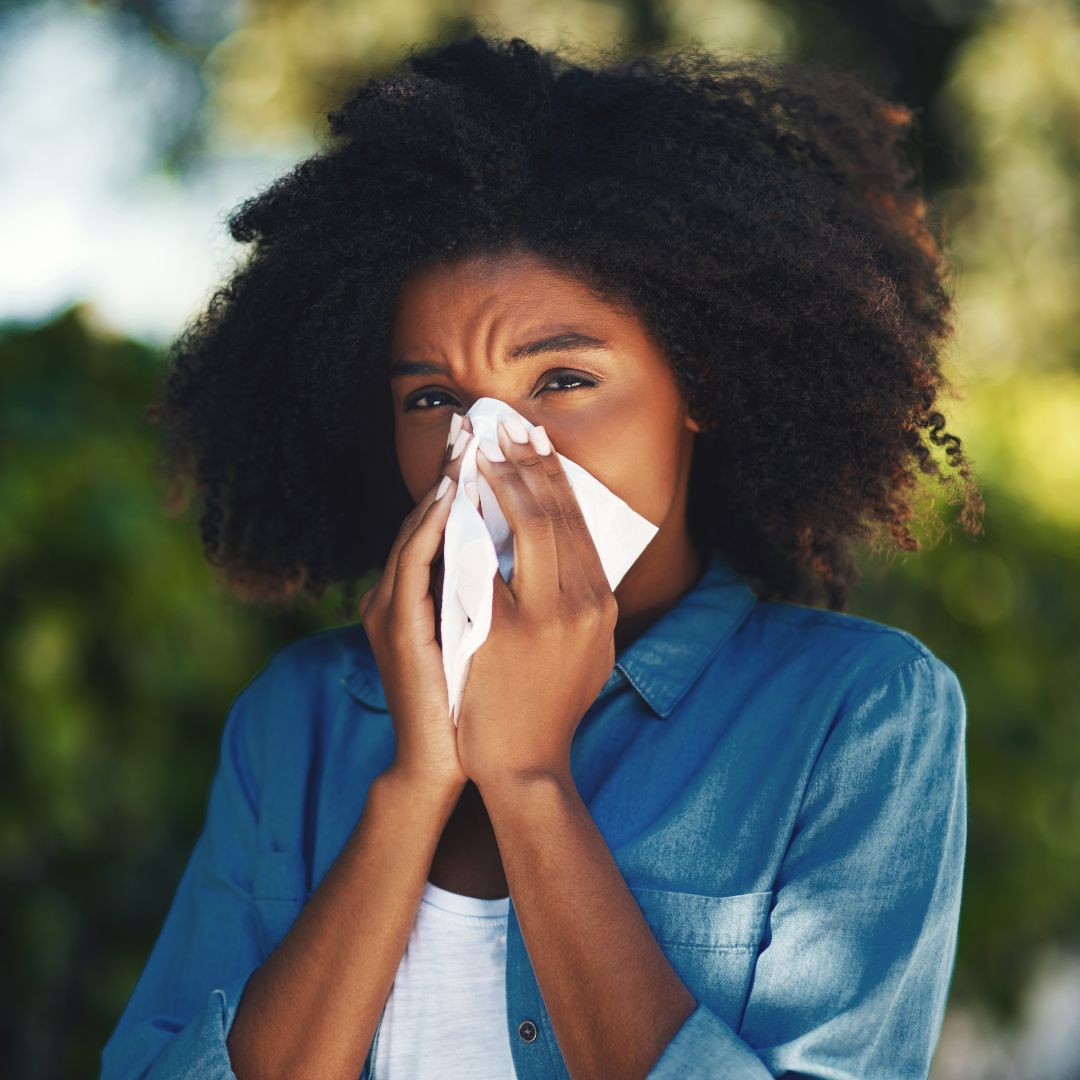Allergies can be troublesome. They require you to look out constantly for allergens that can cause serious reactions. Treatment-wise, synthetic allergy medication can produce inconvenient side effects, such as drowsiness.
Fortunately, homeopathy and allergies go together in the form of natural remedies. This treatment involves introducing tiny doses of substances that trigger similar symptoms while training your body to handle allergies. Homeopathic substances include plants and minerals you take orally, apply on the skin, or inject.
Nowadays, more than 6 million people in the United States and 200 million worldwide practice homeopathy to treat illnesses and improve their body’s resistance. Let’s dive into how homeopathy can help you manage your allergies.
Homeopathy and Allergies
Your immune system is a network of cells and organs defending your body from invasive microorganisms and infections. However, it sometimes confuses harmless substances—like pollen and fabrics—as invaders. As a result, when your body reencounters the substance, your immune system tries to fight it off by triggering an allergic reaction.
In severe cases, allergies may take the form of an anaphylactic shock, a life-threatening allergic response often due to an allergy to food, insect bites, or medications. Fortunately, anaphylactic shocks are rare.
Meanwhile, milder symptoms such as sneezing and itchiness are more common and easier to treat—this is where homeopathic remedies come in.
Homeopathy treats allergies as an imbalance within the immune system. Homeopathic treatments essentially desensitize a patient to the allergen using natural substances that trigger similar symptoms.
For instance, you can remedy an allergic reaction of watery eyes, nasal discharge, sneezing, and cough by using onions, which are known to trigger similar reactions. Inducing symptoms identical to the allergy trains the immune system to manage allergic responses, strengthening the body’s resistance.
5 Plants Used in Homeopathy to Treat Allergies
Homeopathic remedies typically include plants and minerals. Here’s a rundown of natural substances we commonly use in our products to treat allergic reactions.
1. Urtica dioica - Also called stinging nettle, Urtica dioica is a common medicinal plant with an extensive medical history. It treats a wide range of reactions, including muscle pains. It can also act against hay fever symptoms, which is why it’s one of the primary active ingredients of our “Allergy Maximum Strength Medicine.”
2. Althaea officinalis - Althaea officinalis, or marshmallow, has medicinal properties that make the plant popular for reducing the inflammation of the mucous membranes in the mouth and throat.
3. Inula helenium - Inula helenium, also known as elecampane, can treat

various respiratory problems, including asthma and bronchitis. It’s also an expectorant, inducing coughs to eliminate sputum from the body. Thanks to its gentle effectiveness in treating coughs, we’ve added elecampane to our “Allergy Relief for Kids” formula. Rest assured that it’s safe for the young ones to use.
4. Angelica archangelica - Angelica archangelica has its roots in Nordic folk medicine. The plant’s chemicals can relax an upset stomach and reduce inflammation, especially those related to allergies.
5. Pinus sylvestris - Pinus sylvestris, also called Scotch pine, treats conditions including bronchitis, given that its leaves and shoots are antiseptic, diuretic, and expectorant. A congested sinus is a common symptom of mild allergies, so we’ve incorporated Scotch pine in our allergy products and the “Sinus Relief Maximum Strength” medication.
How to Take Homeopathic Treatments
Before taking any substances, it’s essential to understand that homeopathic remedies come in different doses or “potencies.” For instance, our products come in the form of topical and liquid drops. Our Maximum Strength Allergy relief is liquid drops to help treat allergies quickly by letting the mouth absorb the medication.
Homeopathic drops contain minimal active ingredients
Homeopaths believe diluted substances are more potent than concentrated doses. These dilutions may have no traces of the original substances but remain effective, so your medication might have minute traces of active ingredients.
Homeopathic medicines should be taken separately from meals
It’s advisable to refrain from eating or drinking 15 to 30 minutes before and after taking internal homeopathic medications to allow your body to absorb the dilution fully.
Homeopathic medicines dissolve by placing them under the tongue of adults and children or inside an infant’s cheek
Internal Homeopathic medicines dissolve by placing them under the tongue. Internal Homeopathic remedies must come directly into contact with your nerves, preferably under your tongue, which is why eating or drinking immediately before or after intake isn’t advisable. For infants, dropping the medicine inside their cheek would suffice.
Drop the medicine directly under your tongue using the dropper
Use the provided dropper to avoid touching medications that might impair their purity. Be sure to take the appropriate dosage as stated by the product label, too.
Treating Allergies Naturally
Natural remedies are gaining traction worldwide. For one, homeopathy has been treating diseases effectively for hundreds of years. The best part? It’s completely natural and safe.
If you prefer natural treatments for your allergies, our cough, cold, and allergy selections can help relieve your symptoms of sneezing, watery eyes, and itchy throat. Visit our website for more options on natural remedies!




